Any graphic designer looking for work. must be able to present himself to the employer. In order to do it correctly, the minimum that he needs is a resume and, of course, a portfolio. Anyone who has at least once looked for a job can create a resume today, but far from everyone can competently organize a portfolio. There are no rules that are common for everyone, because each designer is unique and strives to show himself in the best way in his own way.
Where to start creating a portfolio?
What exactly should be your portfolio, no one knows, but yourself. Whether you post it on your blog, gallery or create your own website for these purposes - it's up to you. Its main goal is to attract the attention of a potential employer and demonstrate to him your potential. It should not scream about you, but illuminate all your qualities in a favorable light and focus on your best work.
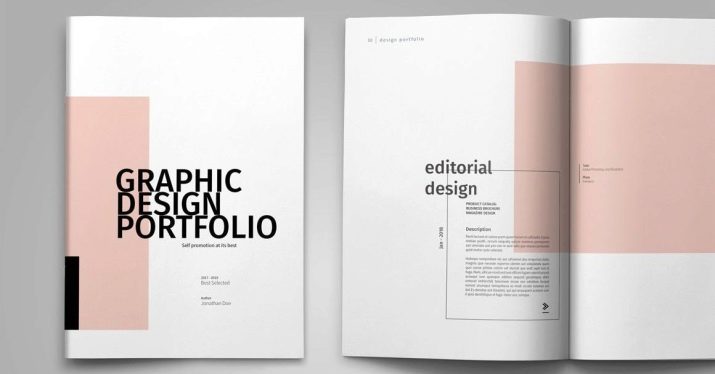
Often, the employer does not consider each work in the portfolio individually, but evaluates them all together, paying special attention to harmony, their style and manner of execution. It is unlikely that he will pay attention to the author, whose work is randomly scattered across the page, and even each completely different from the other. This becomes important when the designer is given a job description and examples.
Of course, in most cases, the employer is more comfortable viewing your resume and portfolio electronically. It doesn’t have to be a website, you can collect work into a presentation, video or a simple pdf file.
If your choice fell on the creation of the site, preferred free services for this is not recommended. Sites created in this way have a lot of extraneous advertising, which only spoils the impression of your work. Better create a separate blog, in which you can upload all your work with a little explanation.
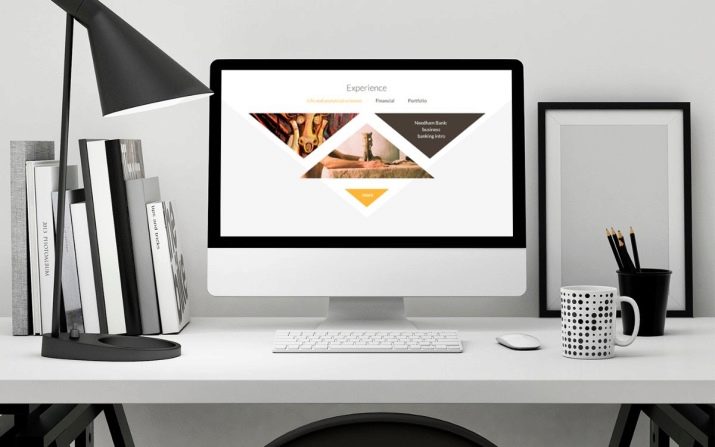
Structure
Divide your entire portfolio into several main parts.
- Cover. It should be minimalistic. It is enough to write your name and specialization on it. You can also style it by adding a background or even a frame. The role of the cover is to create a first impression and captivate the employer. If you put your best work on the cover, then only spoil the impression of the rest. Therefore, choose it wisely.
- Presentation of yourself. On the second page, you can place a short story about your own successes, your creative path and, in general, about what you consider useful for the employer. Also place contacts on this page where you can be reached. Do not indicate age if you are not yet 25 years old. Often, employers ignore young professionals.
- Main part. This includes the work that you add to your portfolio. You can sort them by method of execution, genre, or some other attribute. It will also be useful to add small explanatory signatures for each work.
- Completion. On the last page, you can place gratitude for your attention, as well as duplicate contact information.
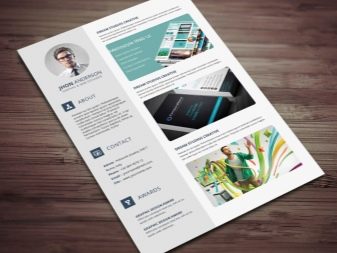
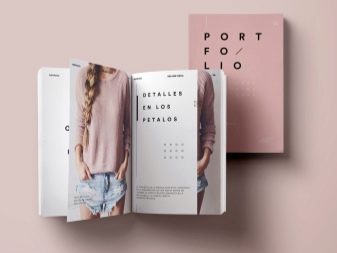
Layout the portfolio so that it can later be printed and put into a book or album. Number the pages, indent along the edges of the sheet and do not forget about the back of the cover. Such a portfolio can be duplicated in electronic format, as well as use ready-made pages in creating your own site.
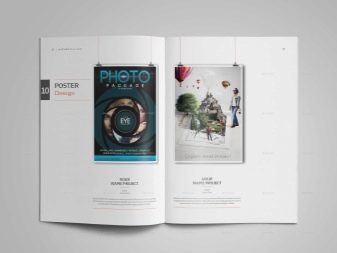
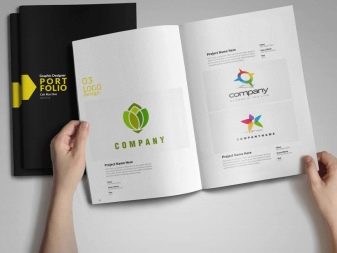
Which format to choose?
Of course, you can post your work on your blog or on your personal website, but this format is not suitable for an interview in person. It’s best to always have one or two paper copies of your portfolio with you in case you still have to go for an interview. Many printers now make fairly cheap book options on spirals or a folder. Select thick or glossy printing paper. It will be stored for a long time in good condition, does not fade and does not wrinkle.
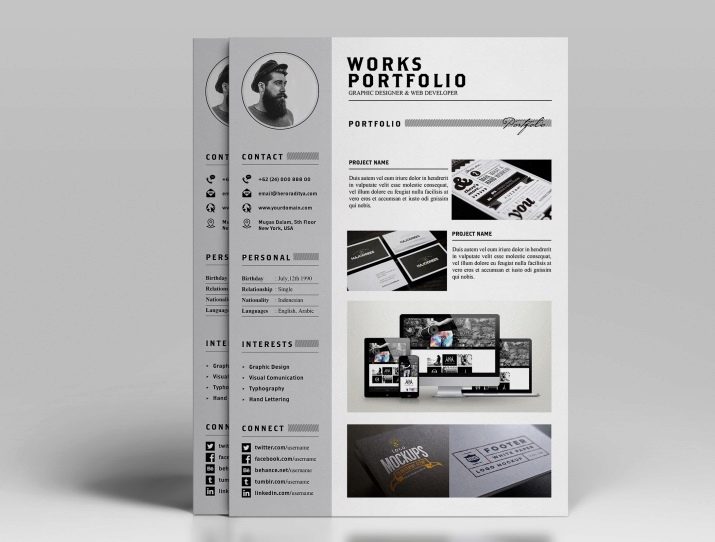
If you still want to make a website for your portfolio, there are many platforms that will help you do this. A domain fee costs about 150 rubles a month. Take care so that your site is convenient to use, and only then beautiful. If you don’t know how to typeset sites, and there is not enough money for a good typesetter, just transfer your portfolio to the blog. It will look much better than an illiterate site.
Do not place too many works on one page. Better do a few separate pages for each job. So they will look more attractive, and the potential employer will not get bored, flipping through them.
If possible, make a separate page with reviews and contacts of previous customers. So a person will be able to contact them.

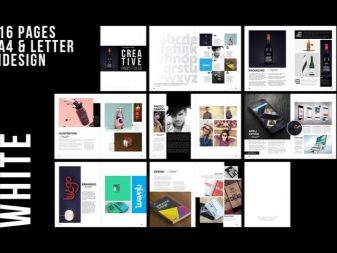
Common mistakes novice graphic designers
Do not follow the direct patterns and patterns found on the Internet. This is your portfolio, and you can change the design in it all to your taste and color. And the same hackneyed patterns are enough in low-quality portfolios. Do not think that if you found a template on the 143 search page, then no one has ever used it. Most likely, it is simply no longer relevant.
Do not add to the portfolio all the work that you have ever done. The customer always evaluates the portfolio for the worst work. And it is in your interests to prove to him that you not only know how to do well, but also regularly. therefore Do not allow yourself to add one work to the portfolio once every 3-4 months.
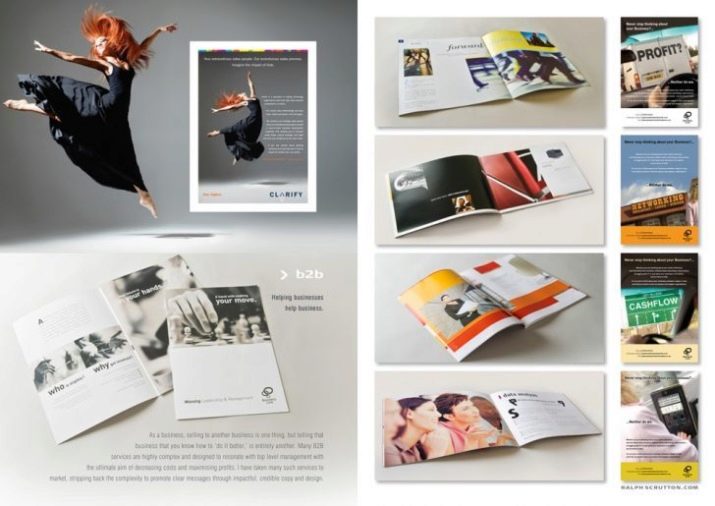
The next big problem for many, even professional designers, is low self-esteem. Never write under your work, “Yes, it’s not perfect, there are errors here and here, but I’ll fix it.” Instead, make a choice and either do not include this work in the portfolio at all, or change everything so that it looks as if it should be so.
Abandoned and non-renewable portfolios are also a big problem. If the employer sees that your last job was added 6 months ago, then he will have a number of questions. Perhaps you have already found another job and therefore do not post new projects, or you quit your job and it is useless to contact you. Take time at least once every 2-3 weeks to update your portfolio and be sure to upload new work.
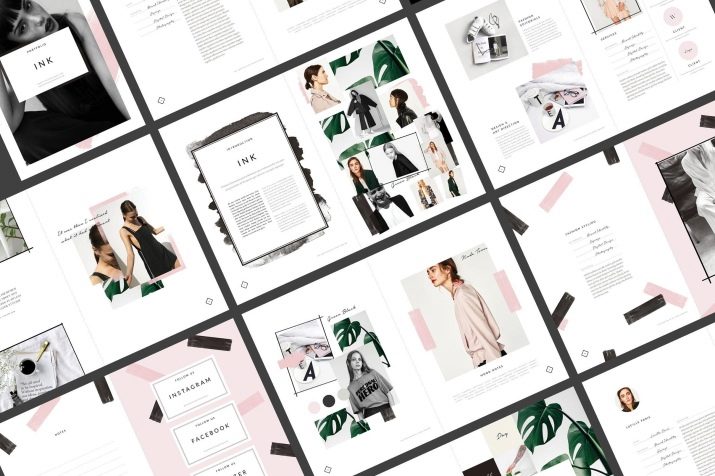
If you haven’t had any projects yet, invent them yourself. For example, make yourself a ToR and complete it. It is unlikely that the employer will understand if this building is real or not.
Your portfolio helps employers assess your skill level. Therefore, make it as presentable and noticeable as possible so that among dozens of applicants you are chosen.










